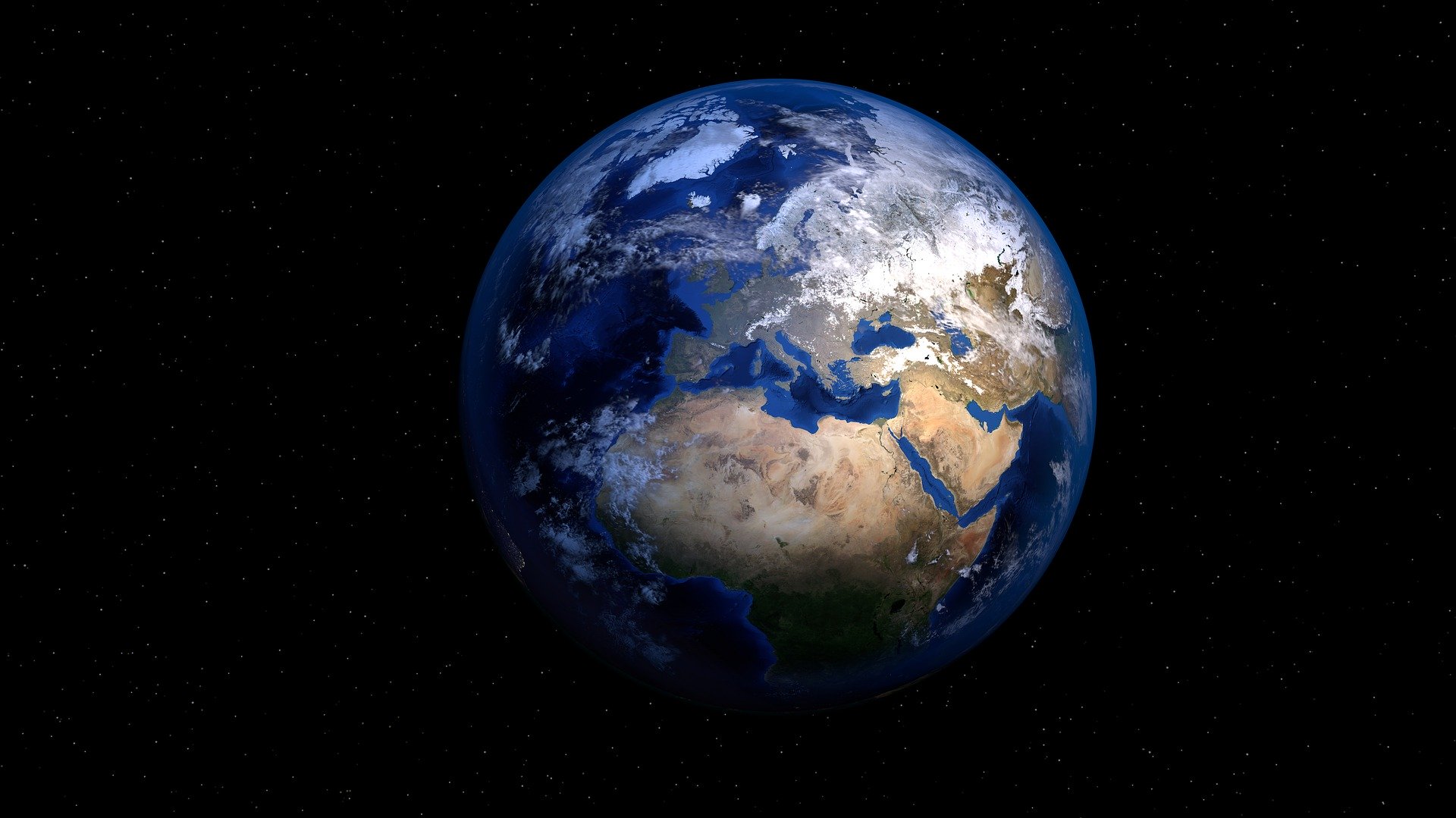Media release
From: AAASUnexpected Abundance of Hydrogen in Meteorites Reveals the Origin of Earth’s Water
Meteorite material presumed to be devoid of water because it formed in the dry inner Solar System appears to have contained sufficient hydrogen to have delivered to Earth at least three times the mass of water in its oceans, a new study shows. While the idea that enstatite chondrite (EC) meteorites contained enough hydrogen to provide water to the growing proto-Earth has been proposed, efforts to rigorously test this scenario have been hampered by difficulties in measuring hydrogen concentrations in ECs - an obstacle this study overcame. According to models of Solar System formation, Earth should be dry. However, our blue planet’s vast oceans, humid atmosphere and well-hydrated geology boldly defy such predictions, making it unique among the other rocky planets of the inner Solar System. Thus, while debated, the origin of Earth’s water remains unknown. Enstatite chondrite meteorites – space rocks forged from the nebula that formed the Solar System – are known to be representative of the rocks from which Earth was built. However, because ECs formed close to the sun, where conditions were too warm for water ice to survive, ECs have been assumed to be too dry to account for Earth’s rich reservoirs of water. As such, Earth’s water is therefore generally thought to be a late addition following the planet’s formation, delivered by more hydrated materials like carbonaceous chondrite meteorites, which originated in the outer solar system where water was more abundant. To constrain the uncertainties surrounding the origin of Earth’s water, Laurette Piani and colleagues measured the hydrogen content and deuterium/hydrogen (D/H) ratio in thirteen EC meteorites, finding that ECs harbor far more hydrogen than previously assumed. Following further analyses involving modeling of Earth’s formation that involved mixing of chondrite-like materials, the authors estimate that the EC-like materials that coalesced during the planet’s early formation could have delivered enough hydrogen to the growing proto-Earth to provide at least three times the amount of water in Earth’s present-day oceans. The D/H ratio and nitrogen isotope compositions of the analyzed ECs closely align with those of the Earth’s mantle, supporting Piani et al.’s claims that the origins of Earth’s water lay within the rocks from which the planet was built. “[Piani et al.’s] work brings a crucial and elegant element to this puzzle. Earth’s water may simply come from the nebular material from which the planet accreted,” writes Anne H. Peslier in a related Perspective. The authors note they cannot determine exactly when the material was delivered, but it must have been sufficiently late during Earth’s formation.


